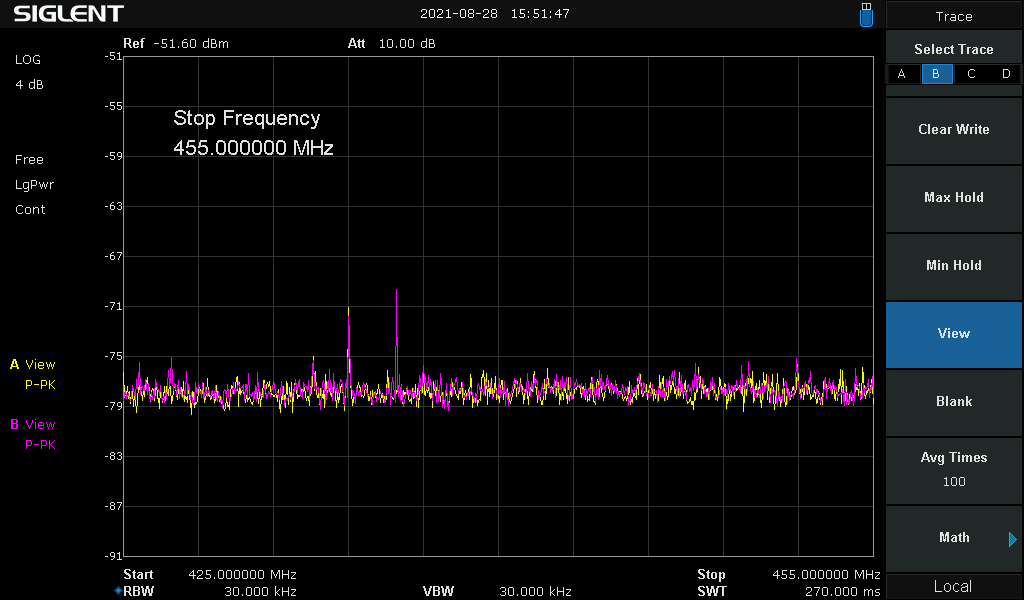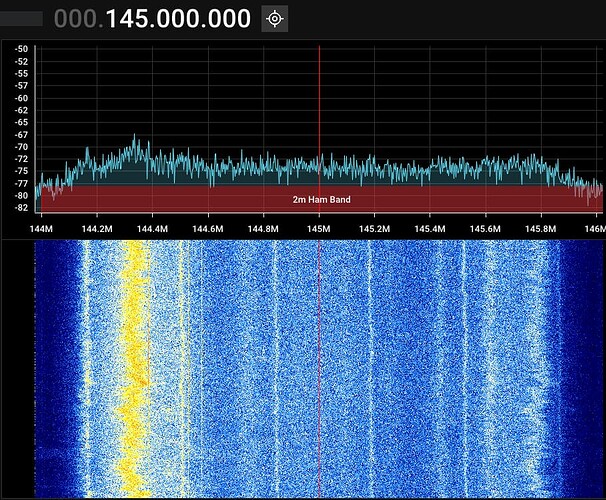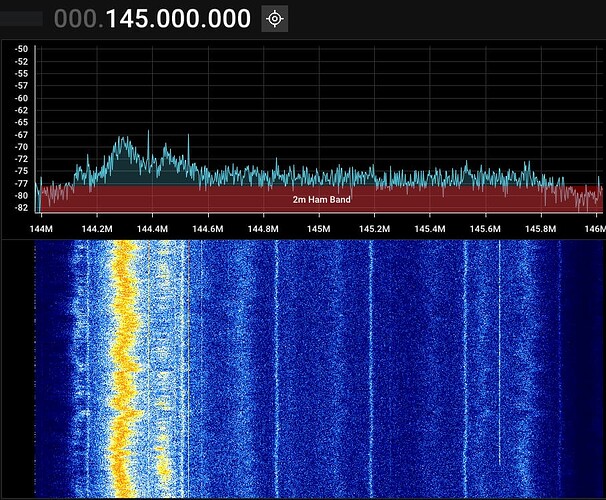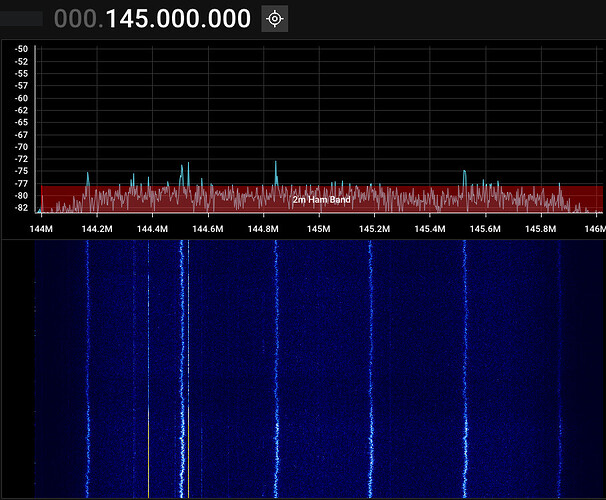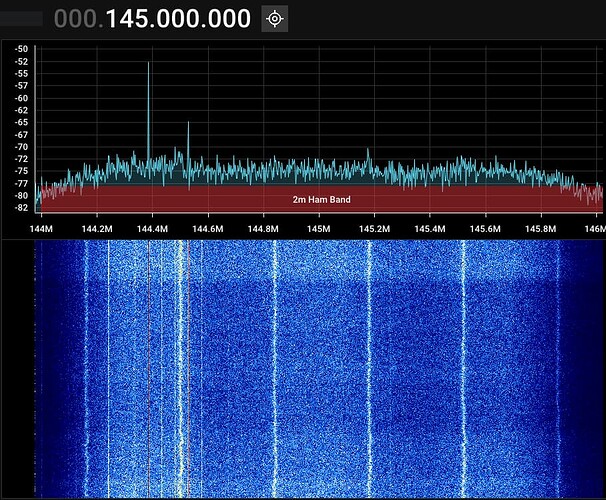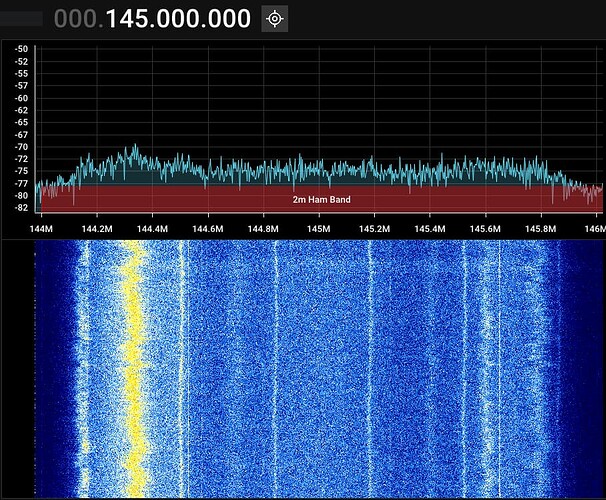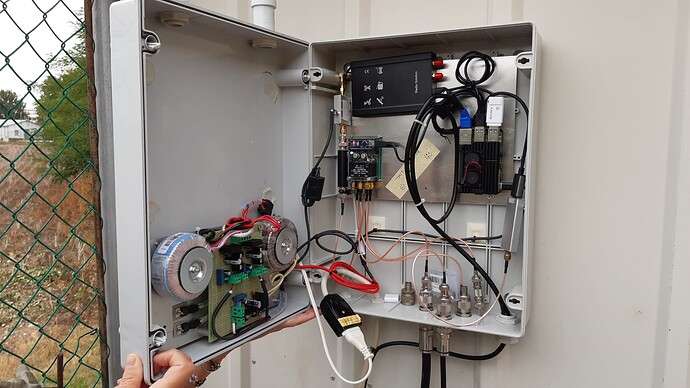A few weeks ago I tried upgrading my station 517 to some shiny new hardware.
I switched from the old nanopi neo running to a brand new RaspberyPi 4 and I even got a nice metal enclosure and the official raspberry USB-C power supply.
However all the observations done by this shiny new setup had an order magnitude more noise and less signal than the previous ones.
Today I finally found the time to get some equipment to the station and investigate the problem further.
I unplugged the RTL SDR from the Pi and plugged into a laptop running sdr++ to monitor things using the same antenna and LNA as the station.
Then I started to power off various electronics around the house the might be source of the noise.
However I seem to be out of luck, because only when I unplugged power supply for the Pi 4 the noisefloor started to improve.
This is the change when plugging the Pi power supply back in:
And here are some more zoomed in spectrogram plots:
Raspberry Pi and its power supply are causing an additional 10dB of noise.
The Pi and everything else is sitting ~2m below the antenna, since I’d like to avoiding long runs of coax
and I already had power and ethernet at that location anyway.
I already tried winding the power supply USB lead around a ferrite core.
The made things worse, so I guess I blocked some kind of low impedance return path, causing more HF to be radiated.
I also tried tying my ground to protective earth, to make the metal enclosures around the LNA and the Pi a bit more effective in blocking capacitively coupled noise.
That helped a little bit, the noise floor went down about 3dBish.
Has anyone encountered this problem as well and has a solution?
I could move the LNA and the antenna to a different location than the rtlsdr and the pi,
but that would mean running an extra coax cable, somewhere.
Next time I’m here I’ll bring one of my beefy linear benchtop power supplies and try to power the Pi of that. Maybe that’ll get rid of some of the noise.




 ), so I hope that it will be installed in early September.
), so I hope that it will be installed in early September.
